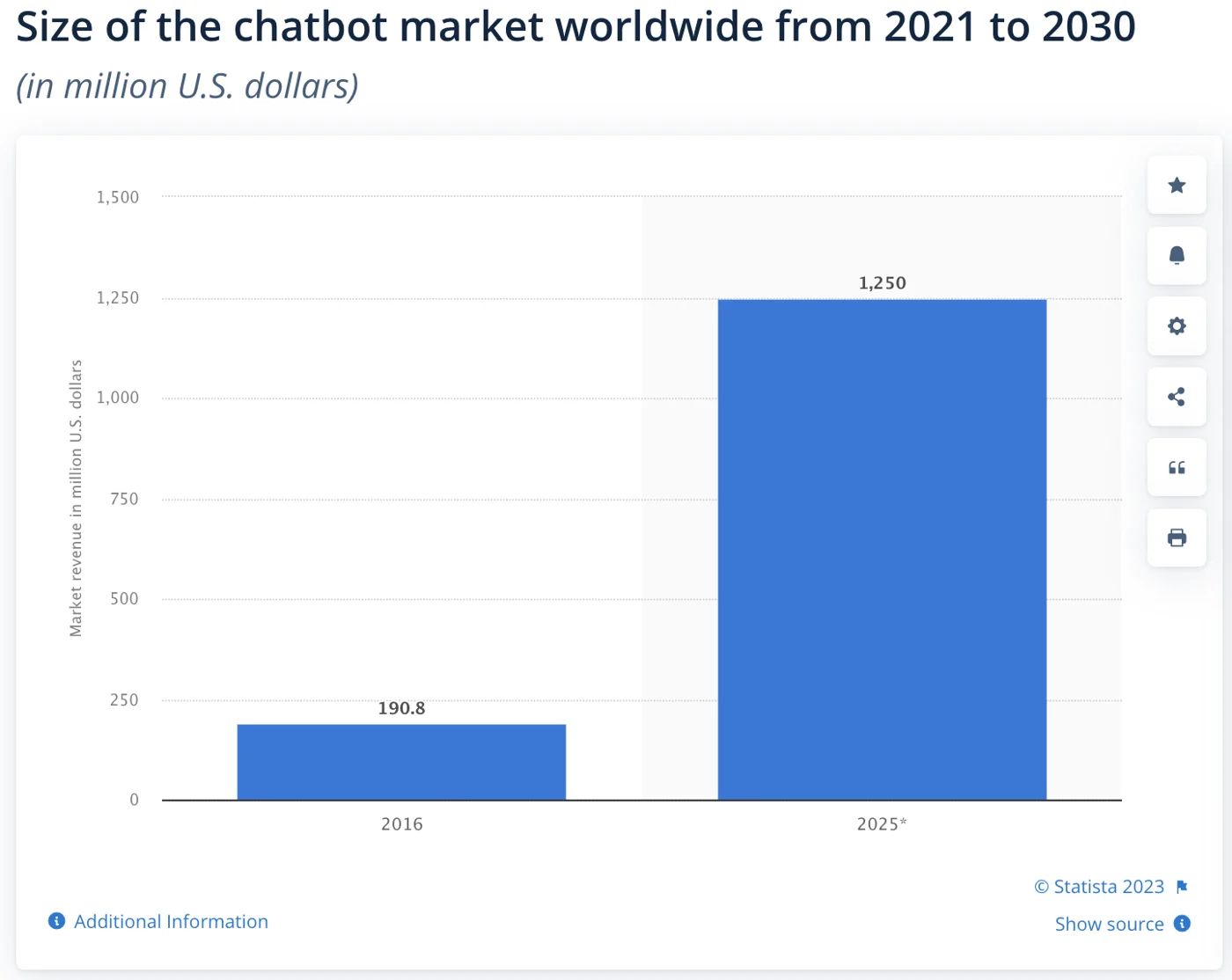The Office of Management and Budget (OMB) has recently issued a directive that showcases the U.S. government’s commitment to adopting modern technologies, digital experiences and improving public interactions. For federal agencies, grasping the depth of this guidance can lead to transformative change in service delivery. Let’s explore the transformative potential this memo holds for reshaping the way agencies connect with the public.
The Federal Services Index That Goes Beyond Administrative Processes
The collaboration between the OMB and the General Services Administration (GSA) in creating the Federal Services Index isn’t just an administrative evolution. The memo’s directive to develop “a process or tool for agencies to use to submit and manage an inventory of services offered to the public” highlights a progressive move towards comprehensive digital service management.
This is not just about cataloging services. It’s about constructing a holistic architecture that prioritizes citizen engagement, accessibility, and data-driven decision-making. Harnessing real-time user data enables agencies to identify service bottlenecks, adapt to user behaviors, and proactively enhance the overall citizen experience.
For agencies, the directive sends a clear message. In an era dominated by data analytics, integrating tools like AI and machine learning can provide predictive insights. This will make agencies more agile and adaptive in their service approaches. For instance, using data to predict peak service demand periods can help agencies allocate resources more efficiently, improving response times and user satisfaction.
Efficient Data Utilization For Cohesive Digital Strategies

The emphasis on leveraging existing data resources offers agencies an avenue for strategic innovation. The vision that the memo projects for the GSA and OMB to “review and identify opportunities to use existing data sources or data collection”. Encourages a shift away from siloed data repositories towards an integrated digital ecosystem.
From a technical standpoint, agencies must look beyond conventional data management paradigms. The memo, in its essence, propounds a layered, federated data architecture that necessitates an evolution in data storage, retrieval, and analytics processes. Technologies such as cloud-native databases distributed ledgers like blockchain for ensuring immutable data records. In addition digital experiences and advanced analytics platforms are not just facilitators but essential components in this new schema.
Additionally, the aspect of real-time access accentuates the need for high-availability and low-latency data solutions. Agencies might consider adopting edge computing principles where data processing occurs closer to the data source. This will reduce latencies and improving real-time decision-making.
Inter-agency collaboration, as suggested by the integrated digital approach, necessitates standardized data interoperability protocols. Implementing open standards and Application Programming Interface (API)-led integrations can lead to a more fluid exchange of information across agency boundaries. This, in turn, will culminate in a synergistic ecosystem with streamlined service delivery, eradication of data redundancies, and harmonized decision-making processes based on unified datasets.
The memo’s emphasis on optimizing existing data assets further implies an underlying theme of sustainability and cost-efficiency. Rather than expending resources on redundant data collection and storage, agencies can redirect their focus to data analytics. In addition, machine learning models, and artificial intelligence-driven insights to enhance service delivery and predict user needs with precision.
Public Online Access That Fosters Trust and Engagement

Making the public services inventory accessible online is a strategic move. As highlighted by the memo, the government’s initiative to make this inventory publicly available online within a year signifies an unwavering commitment to transparency and accountability.
Federal agencies need to view their online platforms as more than just informational repositories. These platforms should be interactive hubs, offering the public intuitive interfaces, responsive feedback systems, and security. The digital presence should mirror the agency’s commitment to excellence. For example, incorporating chatbots powered by AI can provide real-time assistance to users, further enhancing their online experience and promoting trust in the agency’s digital initiatives.

Ensuring Ongoing Agency Assessment
As the OMB’s focus shifts towards “Ongoing Agency Assessment and Reporting Requirements,” it’s evident that there’s an expectation for agencies to be ever-evolving. With the recommendation to “regularly review and identify their public-facing websites,” there’s an unmistakable hint: static digital strategies just won’t suffice.
To truly resonate with this forward-thinking approach, agencies might consider the following:
- Website Performance Metrics: Why not delve into advanced analytics? Monitoring metrics like page load times, server response rates. As well as user retention could provide invaluable insights.
- Security Audits: Regular check-ups are a must. Penetration testing and threat modeling could be monumental in detecting vulnerabilities.
- User Experience (UX) Feedback: Heat mapping and user journey tracking can be enlightening. Learn where users are facing friction.
- Tech Stack Evaluation: Keeping up with technological advancements is key. Periodic reviews of underlying technologies for scalability and interoperability might be the difference between leading and trailing in digital innovation.
These technical strategies with an agile mindset can position agencies at the forefront of transformative digital service delivery. This is right where the OMB envisions them to be.
Going the Extra Mile
The OMB’s memo underscores a visionary directive for federal agencies. This is to champion agility, adopt a forward-thinking mindset, and place citizens at the core of their digital strategies. Embracing these principles can allow agencies to elevate their service offerings while also reinforcing the enduring bond of trust and collaboration with the public.

